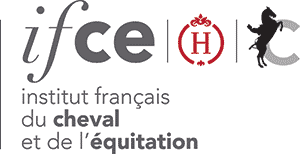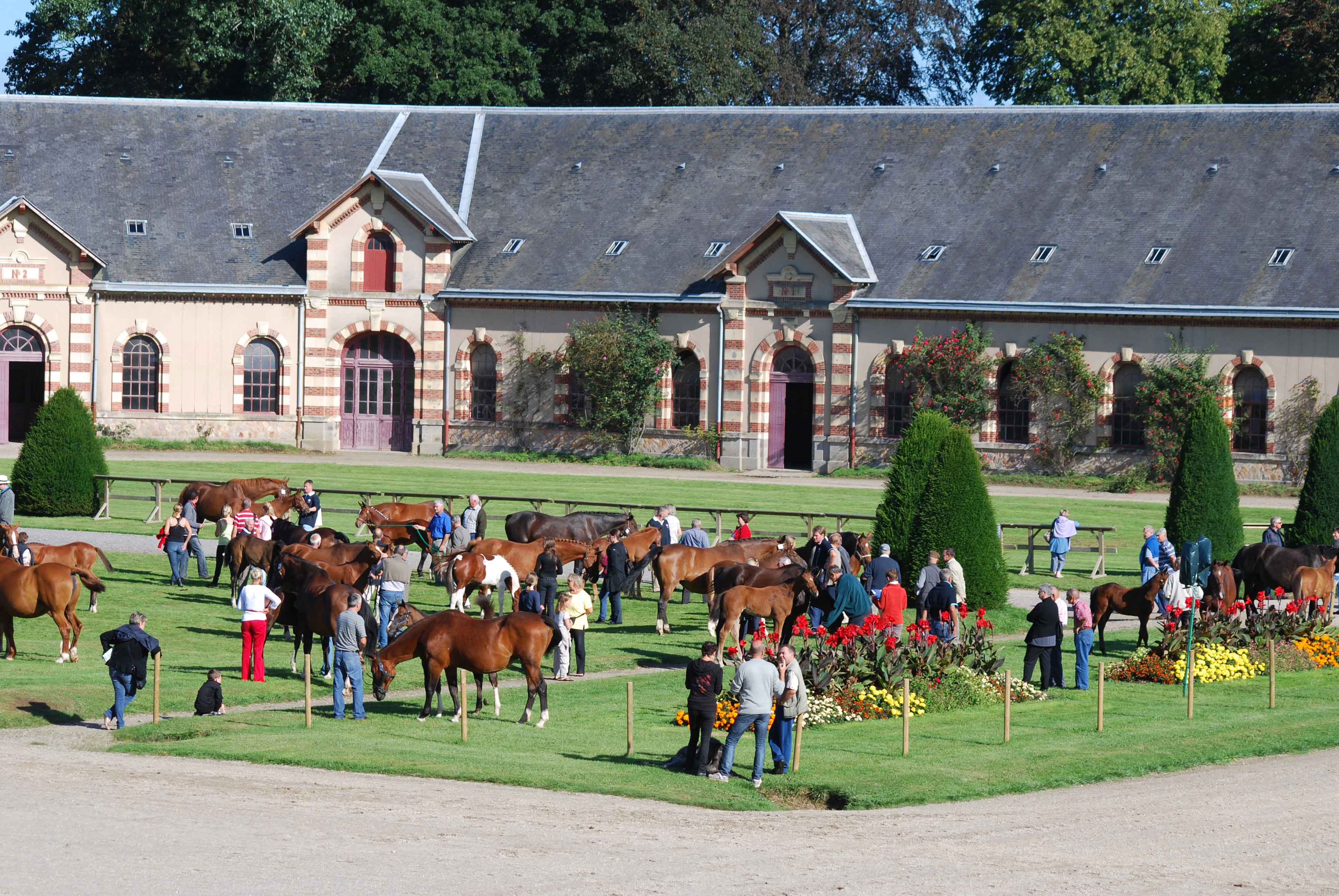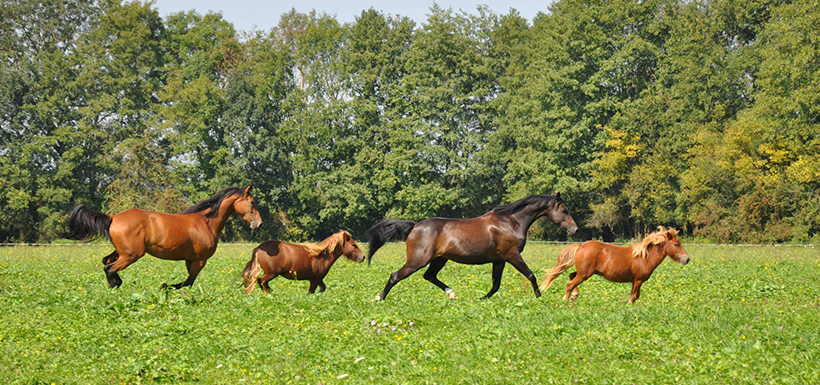

Organisation of the selection process for equids in France
The selection process for equids is based on a clear definition of the roles attributed to the different actors in the ecosystem : the breed associations (selection committees) who define a breeding programme, the IFCE, technical reference organisation for the equestrian sector and in charge of the zootechnical database, and the State, in charge of monitoring the different selection committees.


- Numerous actors to promote optimum selection
- Selection committees
- Institutions
- Bodies in charge of monitoring performances
Numerous actors to promote optimum selection
Nowadays, the selection of breeding animals is regulated by the European Zootechnical Rules (RZUE). In France, it is the ministry of agriculture who implements the application of these rules, and who is responsible for their effective functioning.
With this new rule book (RZUE), breeding associations have for the main part become the « selecting committee », i.e in charge of managing their stud book, as well as being responsible for the selection of breeding animals , and the preservation of the breed. Previously this role was held by the National Stud, and then by the IFCE.

Selection committees
Selection committes (SCs) are certified by the Ministry of Agriculture, and monitored by the ministry through the IFCE. Several important roles are attributed to them with a view to implementing a selection process for the breed of equid they represent.
Each SC should :
- Define goals for the selection or the preservation of the breed.
- Define the characteristics of the population
- Keep the genealogical books, i.e record each animla’s genealogy.
- Publish identification documents.
These 4 actions establish a Rules book for each breed, which can be modified every year. For equine breeds, actions 3 and 4 are often entrusted to the IFCE via a service provider agreement.
At the same time , the SC must implement a selection plan so as to achieve the goals laid out . To do so they should:
- Define the goals to be pursued, i.e define the characteristics to be selected and improved, or define a plan to safeguard and manage the genetic variability of the breed.
- Define the criteria to measure the success of each feature.
- Calculate the genetic parameters (heritability, repeatability, correlations) and/or if necessary the indicators of genetic variability for the breed.
- Assess the phenotypical value of the horses, for example their results in competitions with performance indices.
- Assess the genetic worth of an animal, for example with genetic indices
- Define a selection plan, which consists in defining the ways and means for the choice of reproducers (choice of stallions or mares, choice of reproduction techniques)
Selection committess are also certified as organisations for monitoring performance. They are therefore entitled to collect information relating to performances of horses, but can also use data collected by other bodies in charge of performances ( e.g the FFE for sports performances).
When a breed does not have a selection committee, the IFCE is then in charge of the different tasks in partnership with the Association which best represents the breed.
Institutions
In addition to the selection committees , the Ministry in charge of Agriculture and the IFCE take part in ensuring the implementation and effective functioning of the selection equine animals in France.
The European Zootechnical rules (RZUE) and the enforcement texts published by the French ministry in charge of Agriculture
They define the certification rules for the selection committees, and for monitoring performance, and they oversee these committees to ensure they fulfil the commitments adhered through certification. The RZUE and the Ministry also guarantee data transparence and equine traceability.
The IFCE
The IFCE plays a part in three main areas in the selection process :
- As a service provider for selection committees for :
- Management of genealogical books
- Identification documents
- Implementing a selection plan particularly with regard to the calculations of the worth of a horse.
For the majority, the selection committees entrust the IFCE with these two tasks on the basis of an agreement .
- By monitoring the selection committees. The SCs are inspected at least once every 5 years with regard to the indiicators defined by the SC when they registered for certification (respecting their breeding programme, checking the indicators : number of animals, mares covered, number of active stallions….).
- By managing the national zootechnical database. This database contains the identity of all the equine animals present on the territory, their genealogies, and all the data relating to their performance and phenotype.
Every year the IFCE then supplies the Ministry in charge of Agriculture with the indicators concerning the selection committees and the bodies in charge of performances. These indicators are used as elements to monitor the different organisations, but also to monitor the equine sector.
Bodies in charge of monitoring performances
In addition to the Selection committees, organisations in charge of monitoring performances are also certified by the Ministry in charge of Agriculture. They collect data concerning equine performances. The Fédération française d'équitation (French equestrian federation) or the Société française des équidés de travail ( French society of working equids) are both involved in monitoring horse performance.

Know more about our authors
- Guillaume BLANC Directeur de l'accompagnement à la filière équine IFCE
- Translated from french by : Karen DUFFY Translator
- Margot SABBAGH Development engineer IFCE
- Sophie DANVY Development engineer IFCE








